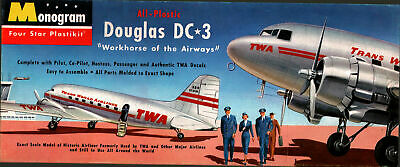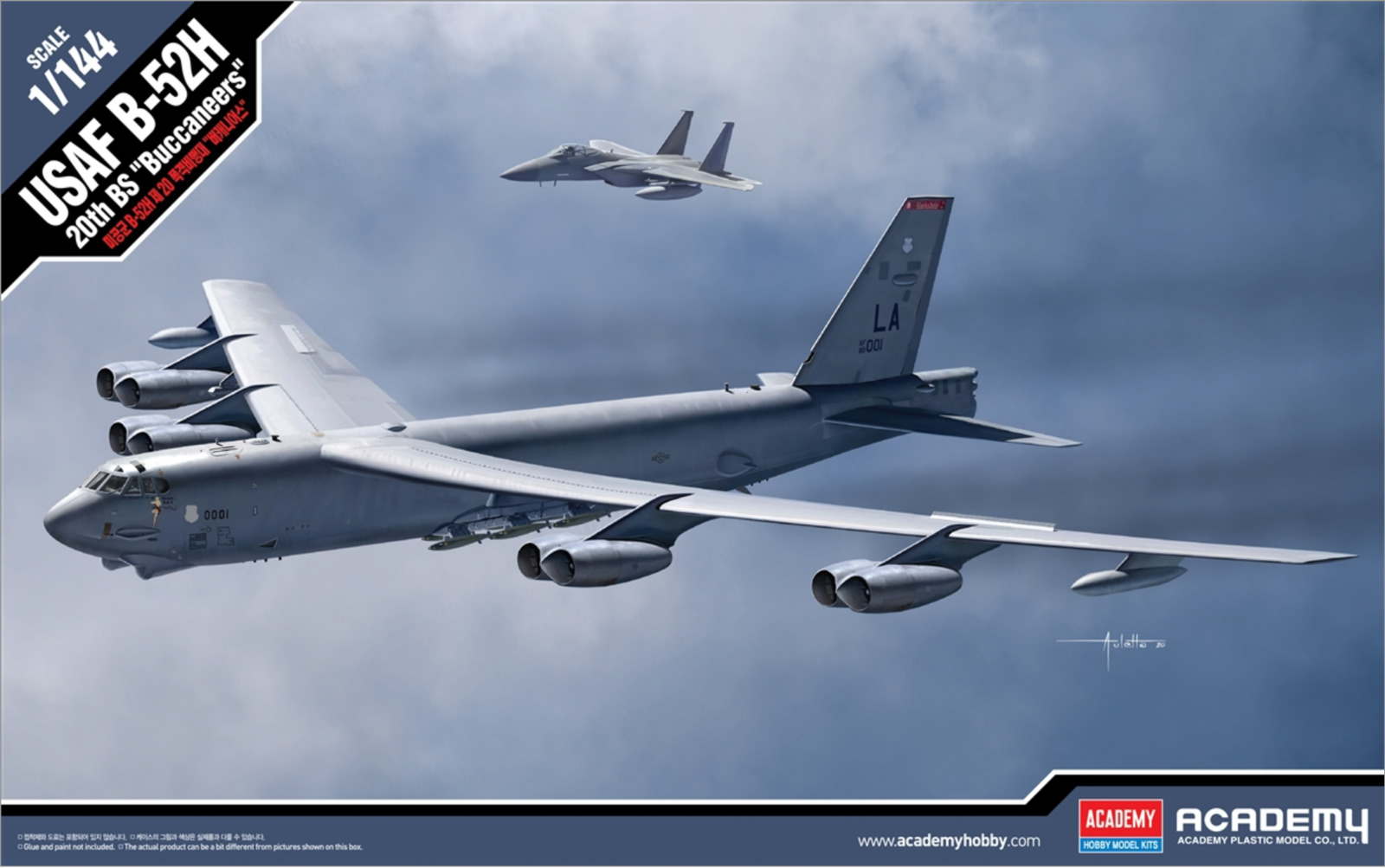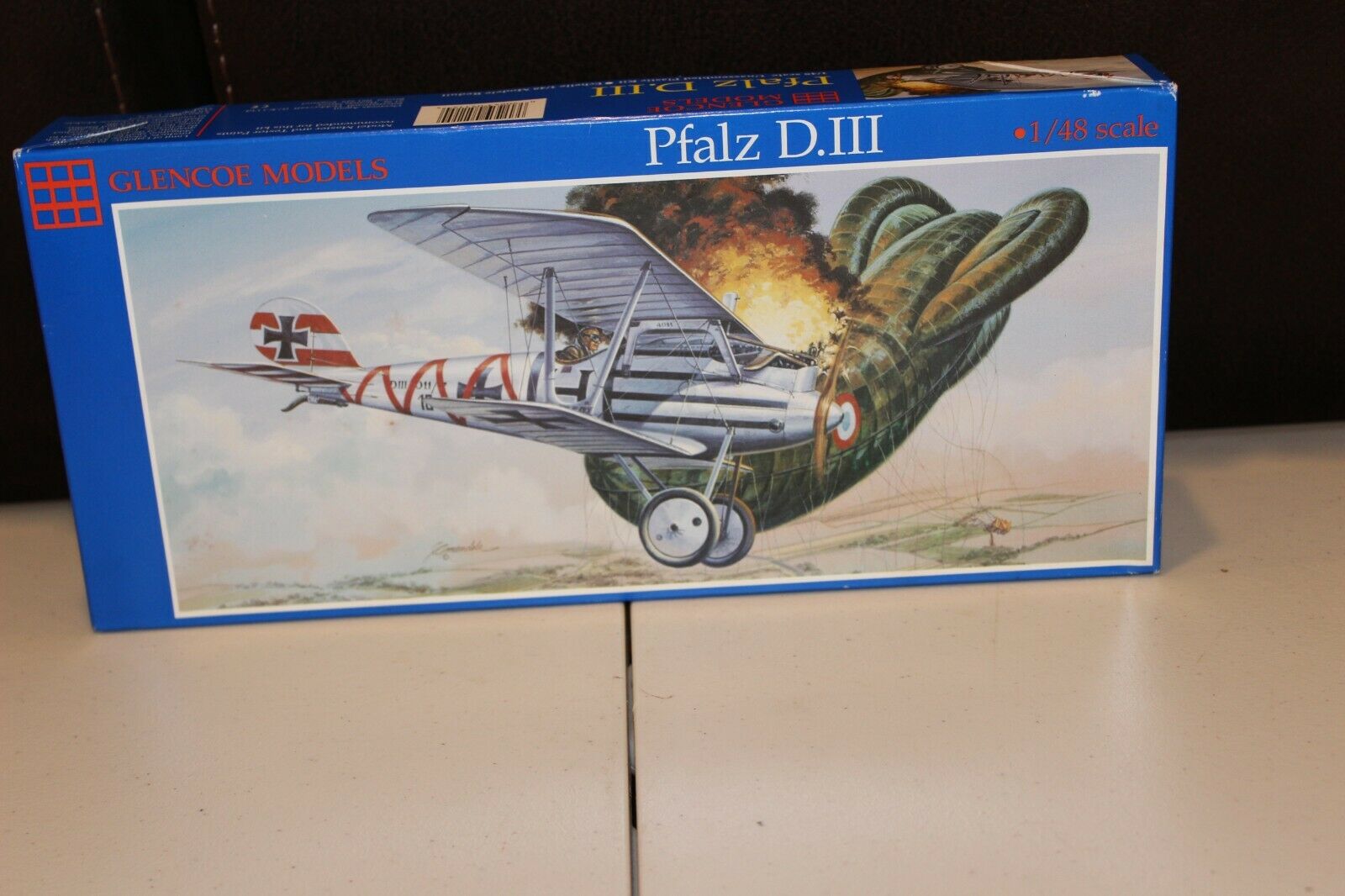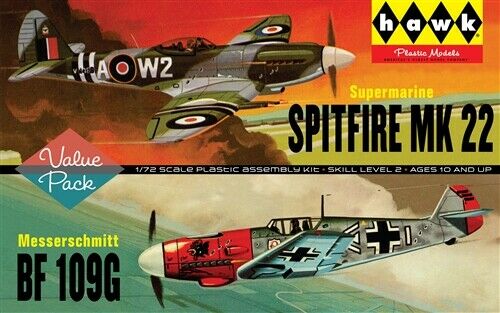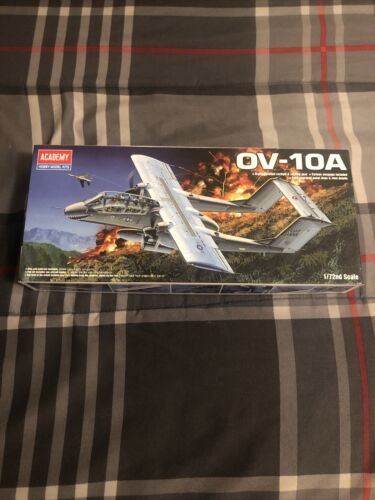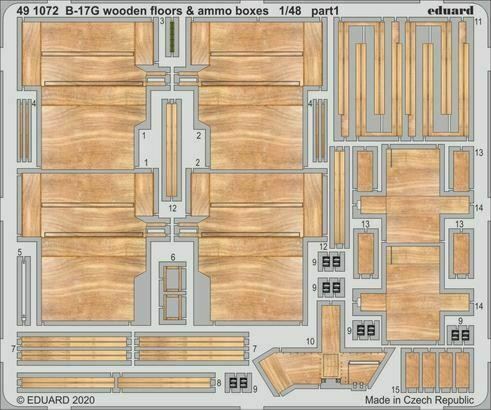-40%
MONOGRAM 1/90 DOUGLAS DC-3 AIRLINER TWA Kit PA9-98 (1955) 4-STAR
$ 36.93
- Description
- Size Guide
Description
ShippingMONOGRAM 1/90 DOUGLAS DC-3 AIRLINER TWA Kit PA9-98 (1955) 4-STAR
MONOGRAM 1/90 DOUGLAS DC-3 AIRLINER TWA Kit PA9-98 (1955) “WORKHORSE OF THE AIRWAYS” 4-STAR
OPEN BOX UNBUILT PLASTIC MODEL KIT – INVENTORIED 100% COMPLETE – INCLUDES ORIGINAL DECALS AND INSTRUCTIONS
IF YOU HAVE ANY QUESTIONS OR CONCERNS PLEASE ASK ME BEFORE BIDDING / PURCHASING – I WANT EVERYONE TO BE 100% SATISFIED WITH NO SURPRISES OR MIS-UNDERSTANDINGS
IF YOU ARE BUYING MULTIPLE KITS FROM ME AT THE SAME TIME (OR EXPECT TO IN THE NEAR TERM) THEN LET ME KNOW AND I WILL COMBINE ALL INTO A SINGLE SHIPMENT AND ADJUST THE FINAL INVOICE TO REFLECT THE MOST ECONOMICAL SHIPPING METHOD AVAILABLE TO YOUR ADDRESS
--------------------------------------------
Additional Information from Internet Encyclopedia
The Douglas DC-3 is a propeller-driven airliner which had a lasting effect on the airline industry in the 1930s/1940s and World War II. It was developed as a larger, improved 14-bed sleeper version of the Douglas DC-2. It is a low-wing metal monoplane with conventional landing gear, powered by two radial piston engines of 1,000–1,200 hp (750–890 kW). (Although most DC-3s flying today use Pratt & Whitney R-1830 Twin Wasp engines, many DC-3s built for civil service originally had the Wright R-1820 Cyclone.) The DC-3 has a cruise speed of 207 mph (333 km/h), a capacity of 21 to 32 passengers or 6,000 lbs (2,700 kg) of cargo, and a range of 1,500 mi (2,400 km), and can operate from short runways.
The DC-3 had many exceptional qualities compared to previous aircraft. It was fast, had a good range, was more reliable, and carried passengers in greater comfort. Before the war, it pioneered many air travel routes. It was able to cross the continental US from New York to Los Angeles in 18 hours and with only 3 stops. It is one of the first airliners that could profitably carry only passengers without relying on mail subsidies.
Following the war, the airliner market was flooded with surplus transport aircraft and the DC-3 was no longer competitive due to its size and speed. It was made obsolete on main routes by more advanced types such as the Douglas DC-4 and Lockheed Constellation, but the design proved adaptable and useful on less glamorous routes.
Civil DC-3 production ended in 1942 at 607 aircraft. Military versions, including the C-47 Skytrain (the Dakota in British RAF service), and Soviet- and Japanese-built versions, brought total production to over 16,000. Many continue to see service in a variety of niche roles: 2,000 DC-3s and military derivatives were estimated to be still flying in 2013; a 2017 article put the number at that time at more than 300.
Design and development
Douglas Sleeper Transport (DST) showing the second row of windows for the upper bunk beds, above the airline titles
"DC" stands for "Douglas Commercial". The DC-3 was the culmination of a development effort that began after an inquiry from Transcontinental and Western Airlines (TWA) to Donald Douglas. TWA's rival in transcontinental air service, United Airlines, was starting service with the Boeing 247 and Boeing refused to sell any 247s to other airlines until United's order for 60 aircraft had been filled.[8] TWA asked Douglas to design and build an aircraft that would allow TWA to compete with United. Douglas' design, the 1933 DC-1, was promising, and led to the DC-2 in 1934. The DC-2 was a success, but there was room for improvement.
The DC-3 resulted from a marathon telephone call from American Airlines CEO C. R. Smith to Donald Douglas, when Smith persuaded a reluctant Douglas to design a sleeper aircraft based on the DC-2 to replace American's Curtiss Condor II biplanes. The DC-2's cabin was 66 inches (1.7 m) wide, too narrow for side-by-side berths. Douglas agreed to go ahead with development only after Smith informed him of American's intention to purchase twenty aircraft. The new aircraft was engineered by a team led by chief engineer Arthur E. Raymond over the next two years, and the prototype DST (Douglas Sleeper Transport) first flew on December 17, 1935 (the 32nd anniversary of the Wright Brothers' flight at Kitty Hawk) with Douglas chief test pilot Carl Cover at the controls. Its cabin was 92 in (2,300 mm) wide, and a version with 21 seats instead of the 14–16 sleeping berths[10] of the DST was given the designation DC-3. There was no prototype DC-3, and the first DC-3 built followed seven DSTs off the production line for delivery to American Airlines.
The DC-3 and DST popularized air travel in the United States. Eastbound transcontinental flights could cross the U.S. in about 15 hours with three refueling stops while westbound trips against the wind took 17 1⁄2 hours. A few years earlier such a trip entailed short hops in slower and shorter-range aircraft during the day, coupled with train travel overnight.
A variety of radial engines were offered for the DC-3. Early-production civilian aircraft used either the nine-cylinder Wright R-1820 Cyclone 9 or the fourteen-cylinder Pratt & Whitney R-1830 Twin Wasp, but the Twin Wasp was chosen for most military versions and was also used by most DC-3s converted from military service. Five DC-3S Super DC-3s with Pratt & Whitney R-2000 Twin Wasps were built in the late 1940s, three of which entered airline service.
Production
Total production including all military variants was 16,079. More than 400 remained in commercial service in 1998. Production was as follows:
607 civil variants of the DC-3
10,048 military C-47 and C-53 derivatives built at Santa Monica, California, Long Beach, California, and Oklahoma City
4,937 built under license in the Soviet Union (1939–1950) as the Lisunov Li-2 (NATO reporting name: Cab)
487 Mitsubishi Kinsei-engined aircraft built by Showa and Nakajima in Japan (1939–1945), as the L2D Type 0 transport (Allied codename Tabby).
Production of DSTs ended in mid-1941 and civil DC-3 production ended in early 1943, although dozens of the DSTs and DC-3s ordered by airlines that were produced between 1941 and 1943 were pressed into the US military service while still on the production line.[14][15] Military versions were produced until the end of the war in 1945. A larger, more powerful Super DC-3 was launched in 1949 to positive reviews. The civilian market was flooded with second-hand C-47s, many of which were converted to passenger and cargo versions. Only five Super DC-3s were built, and three of them were delivered for commercial use. The prototype Super DC-3 served the US Navy with the designation YC-129 alongside 100 R4Ds that had been upgraded to the Super DC-3 specification.
Operational history
American Airlines inaugurated passenger service on June 26, 1936, with simultaneous flights from Newark, New Jersey and Chicago, Illinois. Early U.S. airlines like American, United, TWA, Eastern, and Delta ordered over 400 DC-3s. These fleets paved the way for the modern American air travel industry, which eventually replaced trains as the favored means of long-distance travel across the United States. A nonprofit group, Flagship Detroit Foundation, continues to operate the only original American Airlines Flagship DC-3 with air show and airport visits throughout the U.S.
In 1936, KLM Royal Dutch Airlines received its first DC-3, which replaced the DC-2 in service from Amsterdam via Batavia (now Jakarta) to Sydney, by far the world's longest scheduled route at the time. In total, KLM bought 23 DC-3s before the war broke out in Europe.[citation needed] In 1941, a China National Aviation Corporation (CNAC) DC-3 pressed into wartime transportation service was bombed on the ground at Suifu airfield in China, destroying the outer right wing. The only spare available was that of a smaller Douglas DC-2 in CNAC's workshops. The DC-2's right wing was removed, flown to Suifu under the belly of another CNAC DC-3, and bolted up to the damaged aircraft. After a single test flight, in which it was discovered that it pulled to the right due to the difference in wing sizes, the so-called DC-2½ was flown to safety.
During World War II, many civilian DC-3s were drafted for the war effort and more than 10,000 U.S. military versions of the DC-3 were built, under the designations C-47, C-53, R4D, and Dakota. Peak production was reached in 1944, with 4,853 being delivered. [24] The armed forces of many countries used the DC-3 and its military variants for the transport of troops, cargo, and wounded. Licensed copies of the DC-3 were built in Japan as the Showa L2D (487 aircraft); and in the Soviet Union as the Lisunov Li-2 (4,937 aircraft).
After the war, thousands of cheap ex-military DC-3s became available for civilian use.[25] Cubana de Aviación became the first Latin American airline to offer a scheduled service to Miami when it started its first scheduled international service from Havana in 1945 with a DC-3. Cubana used DC-3s on some domestic routes well into the 1960s.
Douglas developed an improved version, the Super DC-3, with more power, greater cargo capacity, and an improved wing, but with surplus aircraft available for cheap, they failed to sell well in the civil aviation market.[28] Only five were delivered, three of them to Capital Airlines. The U.S. Navy had 100 of its early R4Ds converted to Super DC-3 standard during the early 1950s as the R4D-8, later C-117D. The last U.S. Navy C-117 was retired July 12, 1976.[29] The last U.S. Marine Corps C-117, serial 50835, was retired from active service during June 1982. Several remained in service with small airlines in North and South America in 2006.
The United States Forest Service used the DC-3 for smoke jumping and general transportation until the last example was retired in December 2015.
Shipping & Handling
Back to Top
US Shipping
Please check eBay's Shipping & Payment tab
USPS Priority Mail®
International Shipping
Please check eBay's Shipping & Payment tab
USPS First-Class Mail International (Worldwide)
USPS First-Class Mail International (Canada)
FREE scheduling, supersized images
and templates. Get Vendio Sales Manager.
Make your listings stand out with
FREE Vendio custom templates!
FREE scheduling, supersized images
and templates. Get Vendio Sales Manager.
Over 100,000,000 served. Get FREE counters from Vendio today!
